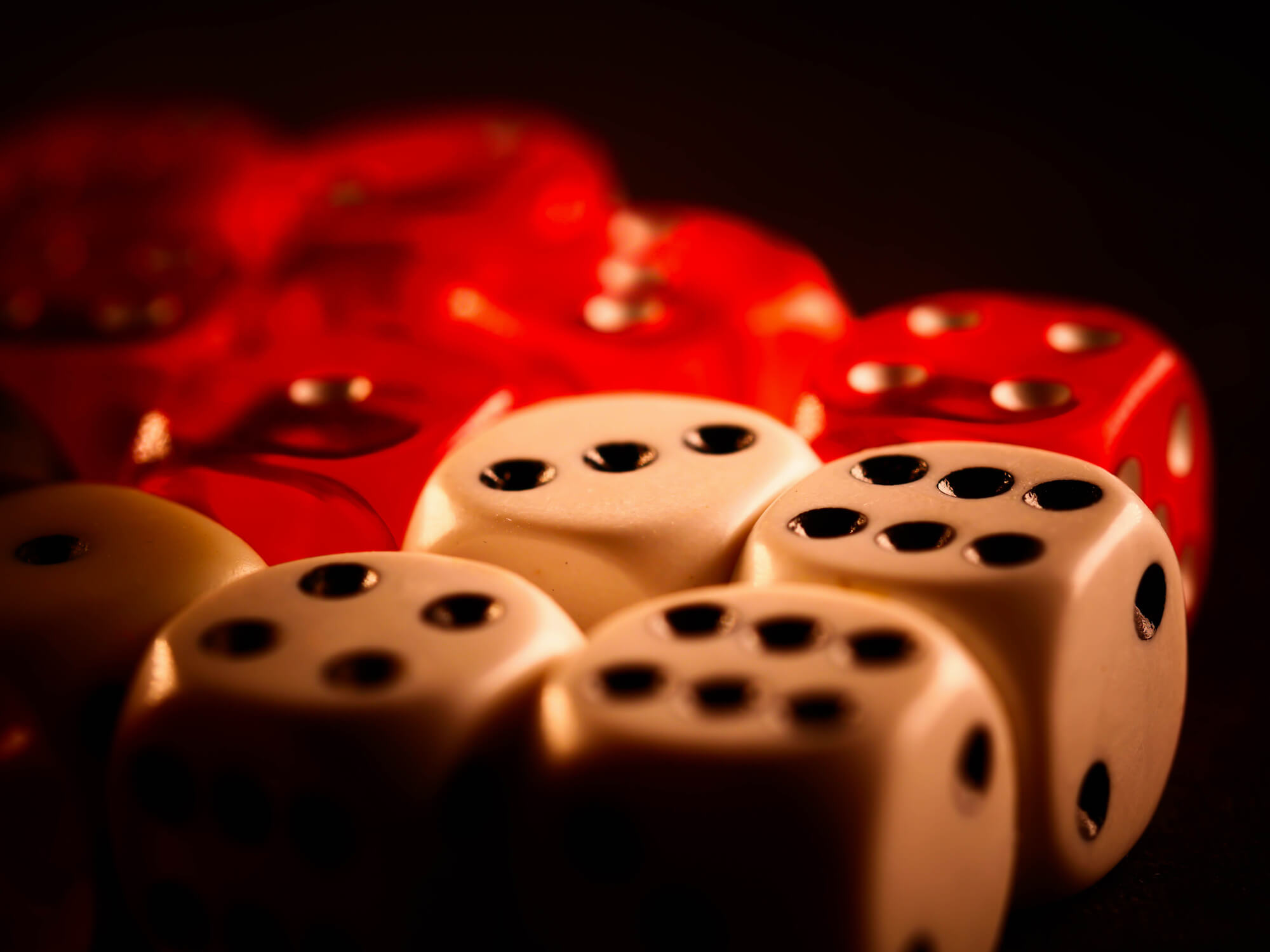In late April 2022, Russia’s unprovoked invasion of Ukraine was just over two months old. Despite widespread predictions that Russia would quickly decapitate Ukraine’s government and seize control of the country, fierce Ukrainian resistance had beaten back Russian forces in the north and scored key victories in other theaters.
But the elements of Russia’s longer-term strategy were already becoming clear: to terrorise civilians and wreck civilian infrastructure in order to undermine resistance capacity, morale, and ultimately Ukrainians’ sense of national identity. The United Nations Office of the High Commissioner for Human Rights (OHCHR) estimated more than 6,000 civilian casualties by the end of April 2022, many children among them. The OHCHR declared the true number to be “considerably higher” and observed:
Most of the civilian casualties recorded were caused by the use of explosive weapons with a wide impact area, including shelling from heavy artillery and multiple launch rocket systems, and missile and air strikes.
More than five million civilians had already fled the country. Drone, artillery, and missile strikes had flattened cities like Mariupol and Popasna. Where the Russians retreated, they left behind a trail of murder, rape, and torture. Evidence on the notorious case of Bucha started to emerge in April, momentarily shocking the world, but of course denied by Russia.
Coincidentally, April 2022 also saw the 85th anniversary of an event many regard as signalling a new and savage era of warfare, where the deliberate targeting of civilians would no longer be off limits. On 26 April 1937, at the height of the Spanish Civil War, German and Italian air forces under the command of Spanish nationalists attacked the Basque town of Guernica. Starting around 4:30pm on a Monday, the customary regional market day, waves of bomber attacks lasting about two and a half hours destroyed many of the town’s buildings and killed hundreds of civilians, with the exact numbers still in dispute.
Guernica was neither the first nor the last civilian bombing by German and Italian forces during the Spanish Civil War. The bombing of Jaén in Andalusia earlier that April killed more than 150; the aerial attack on Lleida in Catalonia in November 1937 killed hundreds more, including 48 children in a targeted school. Nazi Germany and Fascist Italy had multiple objectives in supporting nationalist Spanish leader Francisco Franco, but for the Germans, one goal was to test new equipment and refine the aerial tactics of the recently created German air force, the Luftwaffe. At the Nuremberg trials after WWII, air commander Hermann Göring offered this chilling testimony: “I urged [Adolf Hitler] to give support [to Franco] under all circumstances: firstly, to prevent the further spread of Communism; secondly, to test my young Luftwaffe in this or that technical aspect.”(Quoted in Thomas 1961, 228).
Outside of Spain, Italy had earlier resorted to aerial bombardments using mustard gas in its invasion of Ethiopia. In the late 1930s, expansionist regimes’ practice of civilian targeting was not restricted to airborne assault or to European fascists. The Nanjing massacre that Japanese forces perpetrated in 1937-38 is thought to have resulted in about 200,000 murders and 20,000 rapes. Nonetheless, because of its global notoriety – symbolised by Picasso’s famous painting completed in June 1937 – Guernica stands out in memory as the opening act in a new era of savagery in human warfare.
All of these indiscriminate attacks on civilians met with widespread international condemnation, but generated no effective international response. The League of Nations was seen as toothless and became irrelevant in a setting of growing global tensions. Notwithstanding what fascist regimes had revealed about their basic natures, Great Britain and France signed the Munich Agreement with Germany and Italy in September 1938. That capitulation set the stage for a second world war in which large-scale air attacks on civilian targets would become a regular feature and take hundreds of thousands of lives in London, Coventry, Dresden, Tokyo, Hiroshima, and Nagasaki – not to mention the systematic exterminations of the Holocaust.
After WWII, the international community aimed to establish a global security order that would prevent similar horrors. But the past decade has seen considerable backsliding. Notably, the Russian intervention in Syria during 2015-16 subjected civilians and civilian infrastructure to months of aerial bombardment, providing crucial support to the Assad regime in its own efforts, which included use of chemical weapons. As in the 1930s, the international community expressed verbal outrage but failed to act decisively and largely maintained business as usual with Russia. Arguably, that failure helped embolden Vladimir Putin to invade Ukraine a year ago. In Ukraine, we are witnessing Guernica again daily on a national scale.
We cannot slip back to the 1930s. Thankfully, the forceful response so far by the US, Europe, and important allies in Asia has made that outcome less likely. However, as the Russia-Ukraine war moves into its second year, some cracks in Western resolve are appearing, notably in the isolationist wing of the US Republican Party, even (perhaps fleetingly) among a fringe of progressive Democrats, and among some in Europe. Particularly in the US, sceptics of support for Ukraine argue that the conflict is far away, of little strategic significance to America, and is not worth the risk of a wider war or the substantial expenditure of US economic resources when there are pressing needs at home.
Heeding these voices would only validate Russia’s strategy and reward the intentional military targeting of non-combatants. In a world of increasing authoritarianism and pressure on democratic institutions, the precedent would undermine further the postwar global security architecture, to everyone’s detriment.
The siren song of ‘negotiations’ may seem appealing as an alternative to continuing conflict, especially if one ignores the low credibility of any promises that Putin’s Russia might make. Nevertheless, allowing Russia to retain territory conquered through state terrorism would send a message that it is not in the interest of the global community to send: that the postwar attempt to banish the barbarities of the past has failed, and in the 21st century, crime does pay. Events in Ukraine, though seemingly distant to some of us, have consequences for us all. For that reason, Ukraine’s success is the world’s success.
References
Thomas, H (1961), The Spanish Civil War, Harper & Row.
#helpUkraine_helptheWorld
This publication is a part of a collection of essays initiated by the National Bank of Ukraine. Famous economists, political scientists and historians, experts recognized in the world, volunteered to share their thoughts and arguments on why helping Ukraine is helping the world. The complete book of essays can be found via the link.
Attention
The author doesn`t work for, consult to, own shares in or receive funding from any company or organization that would benefit from this article, and have no relevant affiliations



